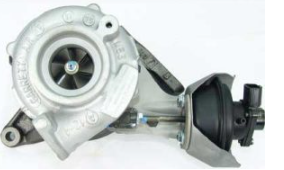
Turbochargers have transformed modern engines, allowing smaller engines to produce more power and improved fuel efficiency. By compressing air into the combustion chamber, a turbo allows more fuel to burn efficiently, increasing horsepower, torque, and overall engine performance. However, turbos operate under extreme conditions—high speeds, intense heat, and heavy loads—so wear and tear is inevitable. A turbo rebuild restores performance, extends the turbo’s lifespan, and keeps your engine running smoothly.
How Turbochargers Work
Understanding a turbo helps explain why a rebuild may become necessary. A turbocharger has two main sections:
Turbine Side (Hot Side): Powered by exhaust gases, the turbine spins the central shaft.
Compressor Side (Cold Side): Driven by the turbine, it compresses incoming air and sends it into the engine.
Between these is a precision shaft supported by high-speed bearings. These components spin at extreme speeds—sometimes over 200,000 RPM—and endure high temperatures. Any wear can reduce boost, cause unusual noises, or result in oil leaks.
Common Signs a Turbo Needs Attention
Early detection of turbo issues is crucial for preventing serious engine damage. Look for these warning signs:
Loss of Engine Power: Reduced acceleration or sluggish performance can indicate a worn turbo.
Excessive Smoke: Blue or grey smoke may mean oil is entering the combustion chamber; black smoke can indicate inefficient combustion.
Unusual Noises: Whistling, rattling, or whining often point to worn bearings or imbalanced wheels.
Oil Leaks: Oil around the turbo or high oil consumption signals failing seals.
Check Engine Light: Sensors monitor turbo performance; irregular readings may trigger warnings.
Timely action prevents minor issues from escalating into major engine problems.
Key Components of a Turbo
Understanding turbo components explains why wear occurs:
Compressor Wheel: Draws in and compresses air. Damage reduces airflow and efficiency.
Turbine Wheel: Powered by exhaust gases; cracks or warping reduce performance.
Shaft and Bearings: Enable high-speed rotation. Worn bearings increase friction and heat.
Seals and Gaskets: Keep oil and air where they belong; deterioration leads to leaks.
A turbo operates under extreme stress, so proper maintenance and rebuilds are essential.
Benefits of a Turbo Rebuild
A turbo rebuild restores worn components to extend the turbo’s life and maintain engine performance:
Restored Engine Power: Proper boost and airflow return, improving acceleration and responsiveness.
Fuel Efficiency: Optimized combustion reduces fuel consumption.
Extended Turbo Life: Refurbishing bearings, seals, and wheels prevents further wear.
Reduced Emissions: Efficient turbos lower smoke and pollutants.
Increased Reliability: Balanced, rebuilt turbos reduce vibration, heat, and unexpected failures.
A rebuild ensures your turbo performs like new, maintaining both performance and reliability.
Factors That Affect Turbo Longevity
Several variables influence how long a turbo lasts:
Driving Habits: Aggressive acceleration, high speeds, and towing increase wear.
Oil Quality: Low-quality or old oil accelerates bearing wear.
Air Filtration: Dust and debris erode compressor wheels; clean filters are essential.
Thermal Stress: Rapid cooling after hard driving can warp components; idling briefly helps prevent thermal shock.
With proper care, a turbo can last 100,000–150,000 miles. Neglect can reduce lifespan to 30,000–50,000 miles.
Real-World Scenarios and Turbo Wear
City Driving: Frequent stop-and-go traffic means the turbo may not reach optimal operating temperature, causing condensation and premature wear.
Highway Driving: Extended high RPM operation generates heat; without proper cooling, bearings can degrade.
Towing Heavy Loads: Extra load increases exhaust gas temperature and pressure, putting additional stress on turbo components.
Understanding how different driving conditions affect a turbo helps plan maintenance and predict when a rebuild may be needed.
Post-Rebuild Maintenance
After a turbo rebuild, proper care ensures longevity:
High-Quality Oil: Lubricates and cools bearings; regular changes are critical.
Warm-Up and Cool-Down: Prevents thermal stress on components.
Clean Air Filters: Prevent debris from damaging the compressor wheel.
Monitor Performance: Listen for unusual noises and watch for changes in acceleration or smoke.
Regular Inspections: Specialists can detect early wear before major problems occur.
These steps help ensure the rebuilt turbo continues to operate efficiently.
Professional Expertise Matters
Turbo rebuilds require precision engineering. Even slight misalignments or imbalances can cause vibration, heat buildup, or catastrophic failure. Relying on skilled professionals guarantees the turbo is rebuilt safely and functions reliably. Find a specialist near you to restore your turbo to peak performance. Professional oversight ensures efficiency, reliability, and safety.
Conclusion
Turbochargers are essential for modern engines, delivering power and efficiency without increasing engine size. Over time, wear and tear can reduce performance, cause smoke, or trigger unusual noises. A turbo rebuild restores efficiency, reliability, and engine longevity.
By recognizing signs of wear, understanding component function, and acting promptly, drivers can maintain turbo performance and engine health. Regular maintenance, careful driving, and professional rebuild services ensure your turbo continues to operate at its best. When your turbo shows signs of wear or inefficiency, the most effective step is to Find a specialist near you
to restore optimal performance and protect your engine.



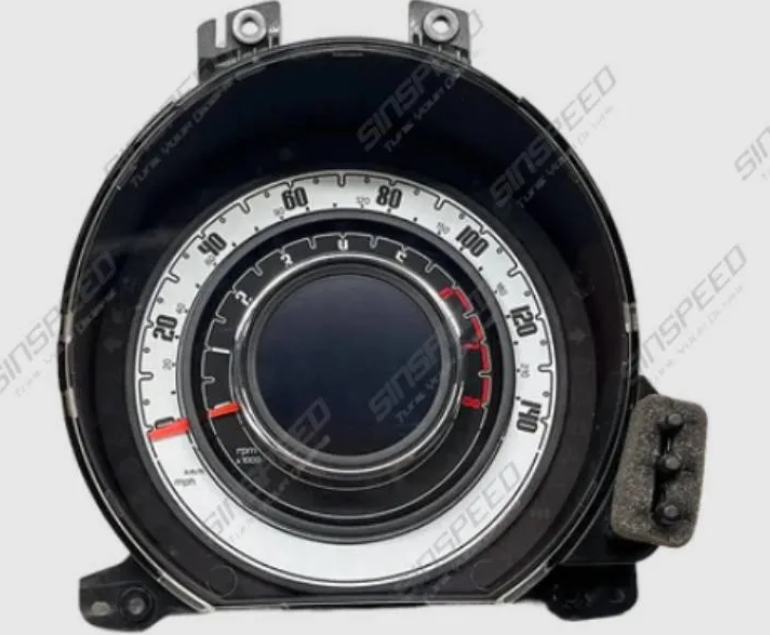
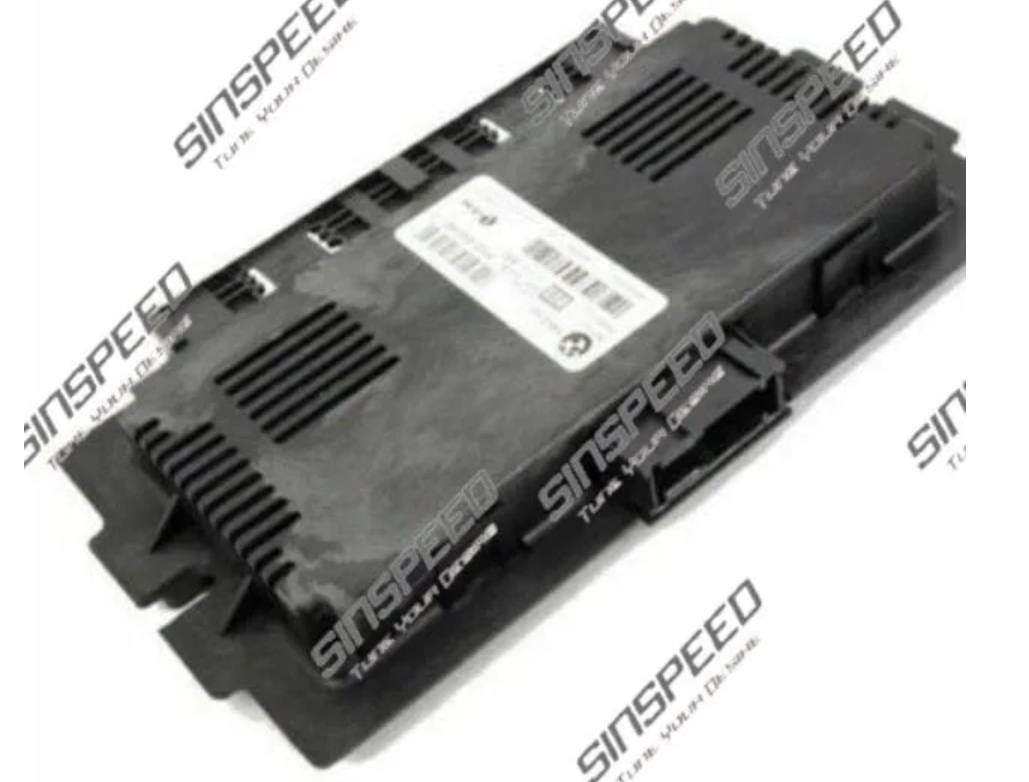
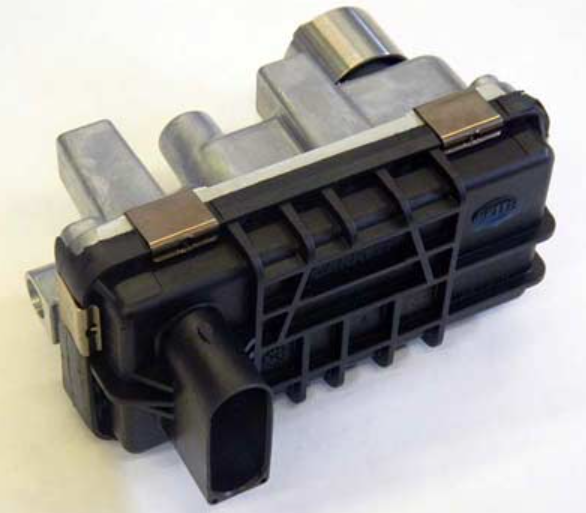
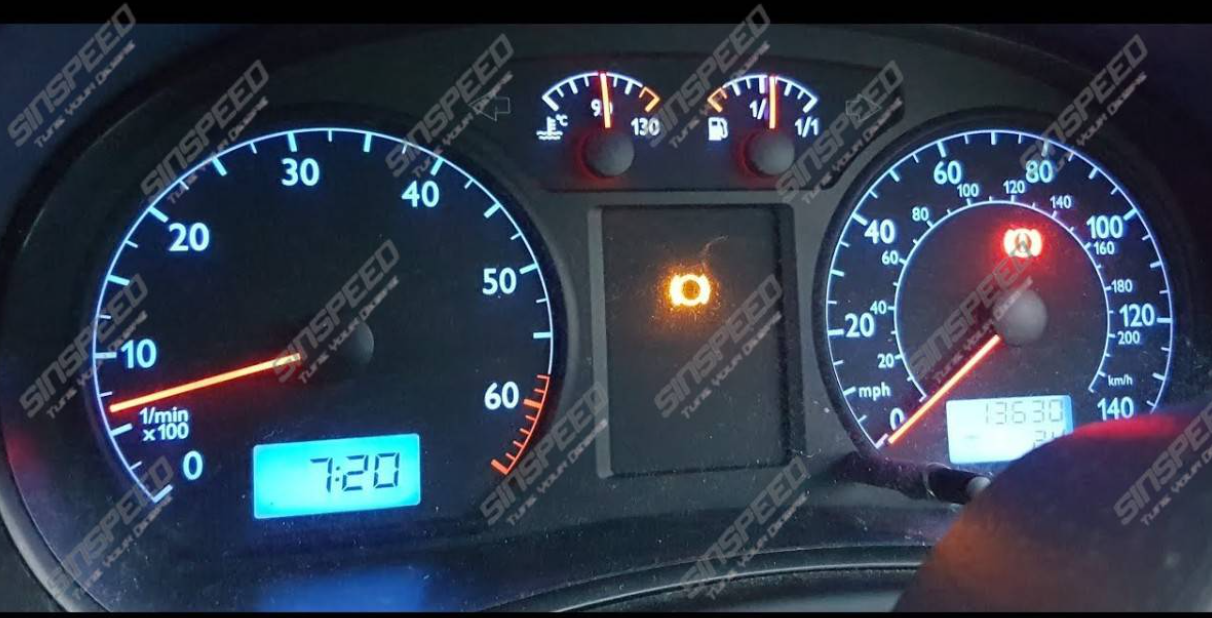

Write a comment ...